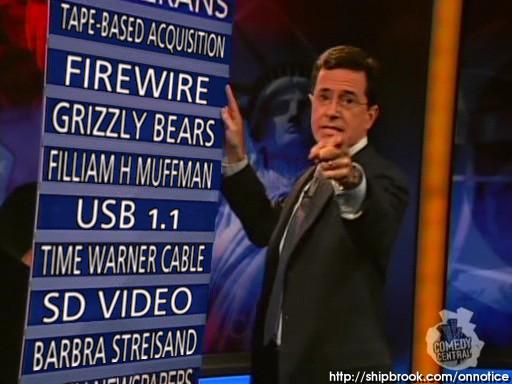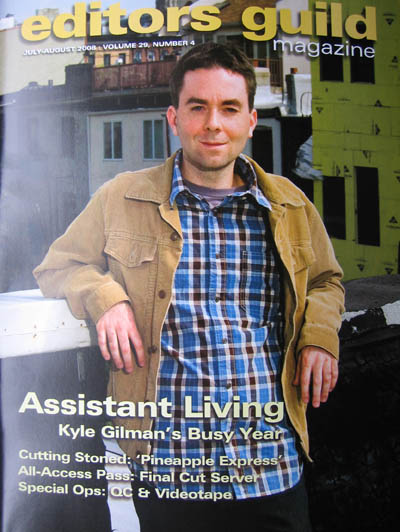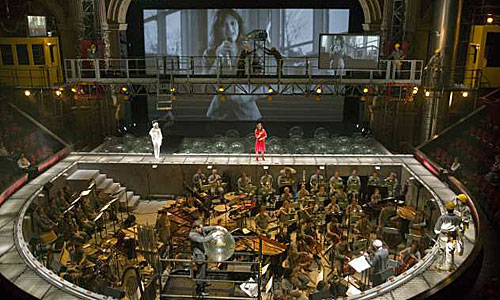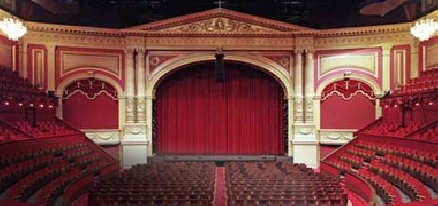New Hard Drive
I currently have 10 external hard drives hovering around my computer. One of them used to be an internal hard drive, but it was PATA, and my Jmicron PATA controller does not play well with OS X when memory usage goes over 3GB. Don’t ask me why. It causes regular kernel panics. So now it’s an external drive.
I was getting frustrated with having system drives full of junk and having to constantly shuffle stuff between drives, so I went to J&R yesterday intending to get one of the new crinkly 1 TB Lacie D2 Quadras.
But instead I was seduced by the Western Digital My Book Studio Edition II
It’s a RAID 0, with two striped 500 GB hard drives inside. I’ve never had a RAID of my own before and I wasn’t anticipating the ridiculous speeds I would get. Using the AJA Kona System test I get 125 MB/s on the eSATA connection. That’s fast. I have firewire 400 drives that go around 20 MB/s. And it was really cheap: only $280 for a terabyte!
I’ve been suspicious of the My Book drives in the past. They’re so aggresively priced it makes me wonder what they’re skimping on. But Western Digital has been making hard drives for a long, long time. Sure, I’ve had several of their internal drives fail on me, but never without any warning, and it was probably my fault for having bad case ventilation. I never ended up losing any data.
Now I have room to organize everything the way I want it. Naturally with a RAID 0 I’m not putting critical files on there, but I have all kinds of HD media that often needs temporary storage and that’s where it will live. Copying from SATA or eSATA drives to this new one is extremely fast. As far as I’m concerned, eSATA is the future and everyone needs to embrace it right now. Firewire: you’re on notice.

Now I just need a few extra eSATA ports. 4 isn’t going to cut it much longer.




 One of those things you pick up pretty quickly working in commercial filmmaking is that you are never, ever, ever, nerver, never, ever allowed to use music in your work without getting permission, and generally paying through the nose for it. Producers also generally tell you not to have any visible brands, artwork, or any copyrightable material without getting permission from the proper authorities first. Basically that means people in movies don’t live in the real world, because that stuff is everywhere. But that message didn’t reach the producers of Expelled, the documentary about the so-called Intelligent Design theory and its allegedly unfair treatment by the scientific establishment (unsurprising given the theory’s lack of… science). The producers of Expelled actually used 15 seconds of John Lennon’s song “Imagine” without paying for it, and expected to get away with it.
One of those things you pick up pretty quickly working in commercial filmmaking is that you are never, ever, ever, nerver, never, ever allowed to use music in your work without getting permission, and generally paying through the nose for it. Producers also generally tell you not to have any visible brands, artwork, or any copyrightable material without getting permission from the proper authorities first. Basically that means people in movies don’t live in the real world, because that stuff is everywhere. But that message didn’t reach the producers of Expelled, the documentary about the so-called Intelligent Design theory and its allegedly unfair treatment by the scientific establishment (unsurprising given the theory’s lack of… science). The producers of Expelled actually used 15 seconds of John Lennon’s song “Imagine” without paying for it, and expected to get away with it.